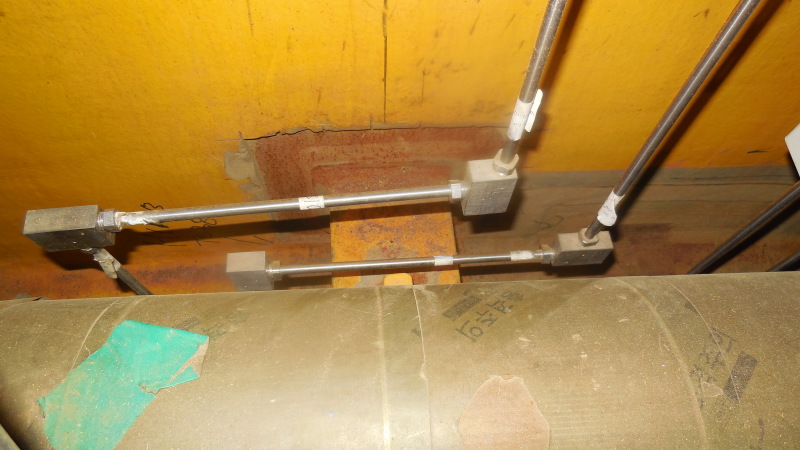jm-darcy
Petroleum
- Oct 14, 2016
- 6
I am currently on assignment in a shipyard, commissioning an oil and gas platform. I am responsible for the topside equipment which will provide electrical and hydraulic power to equipment which will be installed subsea.
I am concerned about SS 2507 and 6MO hydraulic tubing, rated at 15k psi, which has been run, and is now accumulating dust from the ongoing fabrication around the platform. You can already see that the ferous-based dust has settled and oxidized in the saliferous coastal environment as the surface of the tubing has, in many places, gone brown.
Would I be right that this ferrous-based oxide layer will be blocking the passivation of the stainless steel tubing and making it susceptible to pitting corrosion?
What would be the most efficient way of removing this surface contamination? I assume a picking operation would be ideal, but is sadly not practicable with the 10's of kilometers of tubing run across multiple layers.
Any insight or experience would be hugely appreciated.

I am concerned about SS 2507 and 6MO hydraulic tubing, rated at 15k psi, which has been run, and is now accumulating dust from the ongoing fabrication around the platform. You can already see that the ferous-based dust has settled and oxidized in the saliferous coastal environment as the surface of the tubing has, in many places, gone brown.
Would I be right that this ferrous-based oxide layer will be blocking the passivation of the stainless steel tubing and making it susceptible to pitting corrosion?
What would be the most efficient way of removing this surface contamination? I assume a picking operation would be ideal, but is sadly not practicable with the 10's of kilometers of tubing run across multiple layers.
Any insight or experience would be hugely appreciated.

